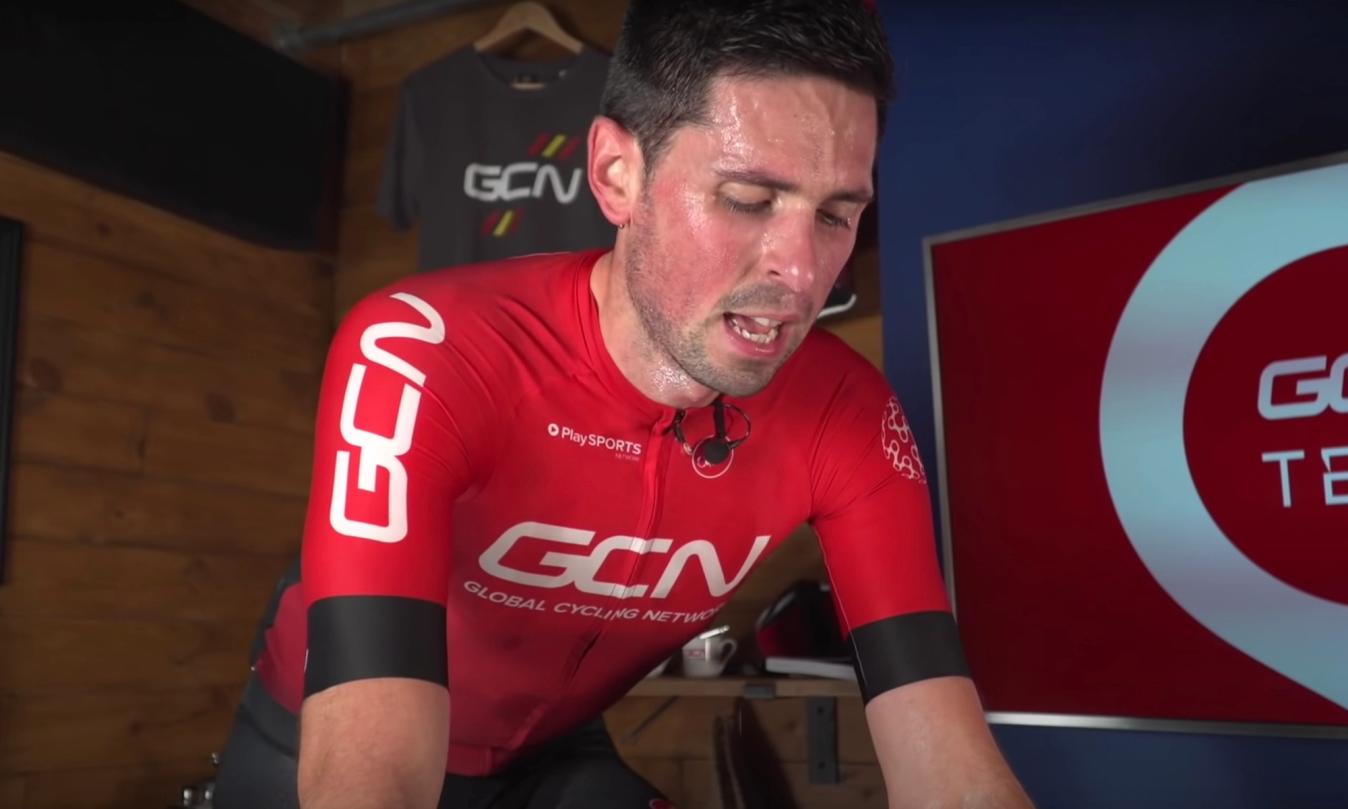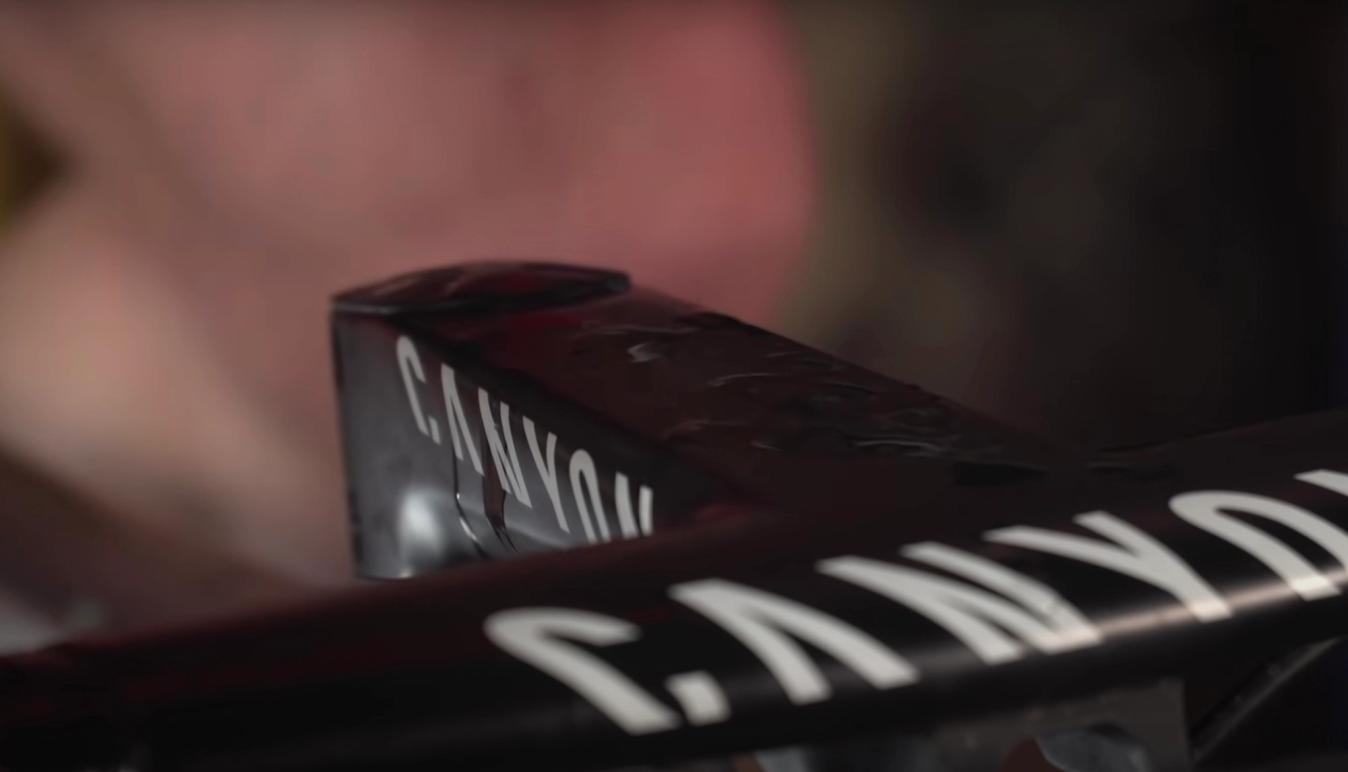Do you really need a fan for indoor training?
Indoor training has risen in popularity for training but it does put additional stresses on the body, no more so than heat build up. To combat this is a fan an essential piece of kit?
Alex Hunt
Junior Tech Writer
Any form of training on the bike will have you generating a lot of heat through the conversion of stored energy into effort. The human body has its own method of heat regulation when this happens in the form of sweating. However, in a static environment with no airflow, sweating is not all that effective on its own. One way we can increase the airflow around us whilst riding on an indoor trainer is by using a fan, but is it essential?
Why do we get hot when riding?
Humans are incredibly inefficient at converting stored energy into movement - as a rough figure about 20% of the energy we expend goes into movement leaving around 80% of the energy we use as waste. It is this waste energy that accumulates as heat in our bodies. As your core body temperature needs to remain stable even during a stressful workout this increase in thermal load needs to be regulated.
As you begin to warm up, a region called the hypothalamus in the brain sets about regulating your body temperature. To regulate your temperature the body will increase blood flow to carry some of the heat building up in the muscles towards the skin's surface where it is a lot cooler and has a greater surface area for heat dissipation.
Read more: The missing piece: do we all need a bit more zone 4?
One other key method of regulating body temperature is to send signals to your body to begin sweating. Sweating will not only release some of the heat from your body but the sweat itself has a far higher thermal efficiency rate of removing heat from the body and into the air.
It is the same principle that makes standing in 20-degree water feel so cold, yet 20-degree air feels warmer. The water will remove thermal energy 25 times faster than air allowing a far exaggerated cooling effect.

© GCN
Sweating is the body's natural response to heat build up from exercise
Where heat continues to build up without an appropriate amount of cooling you can end up in a state of thermal exhaustion or heat stroke. This is when your core body temperature exceeds its safe limits and your brain goes into a protective state to look after the body.
It is possible to achieve this on an indoor trainer far easier than out on the road as there is no cooling airflow to help with the regulation of body temperature. We often indoor train in small enclosed rooms that also hinder cooling as both the temperature and humidity of the room can very quickly become inadequate for appropriate cooling.
The experiment
Alex Paton took it upon himself to carry out an experiment using an indoor trainer and a fan, to see how much difference using a fan makes to keeping you cool and regulating your body temperature.
To do this, he would ride at 330 watts for 10 minutes, as for him this is an output that would put his body under sufficient load to cause it to heat up, but not so tough that it is not repeatable. Alex would record the ambient room temperature, his heart rate and power during each effort both with the fan on and without it.
After the first test, Alex gave himself and the room time to cool down to base levels again before repeating the test. This would allow for comparable results to see if using a fan really does have a noticeable effect.
The results
Riding with a fan was visibly less taxing on the body, with only a few drops of sweat falling from Alex’s brow by the end of the 10-minute effort. The fan kept the air circulating around the room as well as passing over his skin to aid the cooling process. The data from the first interval was:
Average power: 329 watts
Average heart rate: 144 bpm
Maximum heart rate: 155 bpm
Average core temperature: 36°C
Maximum core temperature: 36.6°C
Average room temperature: 16°C
Alex also personally rated the effort as around a 7/10 in terms of perceived effort, with it being a tough interval, but manageable even for a prolonged duration.
Read more: Getting started with Zwift indoor training
Without the fan on, the same effort was carried out, using a smart trainer in EGR mode to hold a fixed effort. It was clear from the effort without the fan that the effort was taking a far higher toll on Alex than the previous attempt. With lots of sweat building up throughout the effort as his body tried to cool itself without any help from a fan. The results from riding without the fan are very different from the first test:
Average power: 328 watts (-1 watt)
Average heart rate: 151 bpm (+7bpm)
Maximum heart rate: 162 bpm (+7bpm)
Average core temperature: 36.9°C (+0.9°C)
Maximum core temperature: 37.3°C (+0.7°C)
Average room temperature: 17°C (+1°C)
The biggest difference between both efforts was the heart rates required to sustain the same effort. This could be attributed to the increase in circulatory blood flow to try and move more heat to the skin's surface.
Alex’s core body temperature also saw a large change between both efforts, especially when you consider that the effort was short in duration. An increase of almost one degree in average core temperature is a marked increase for just a 10-minute interval. This is also heading towards the upper limits of the human body's working range before detrimental effects from heat exhaustion can start to come into play.
Alex also noted that even though the effort was almost identical in regard to output, it felt distinctly harder. Rating this effort a 9/10 on his perceived scale of effort with the effort feeling unsustainable for any prolonged periods.
Do you need a fan?
Ultimately, you can ride an indoor trainer without accompanying it with a fan, however, this will hurt both your performance and enjoyment of the ride. Riding very easy rides or if you are purposefully trying to acclimate yourself to hotter and humid climates can be achieved without the use of a fan.

© GCN
Using a fan can save you components as well as keeping you cool, as the salt in sweat can be corrosive
The benefits of riding with a fan do extend beyond your performance and enjoyment of cycling. A fan will cause you to sweat noticeably less, which will then not drip onto your bike and components. No matter how hard you try to keep everything clean, sweat is corrosive and over time can cause damage to your bike's components, such as bolts, clamps and other metallic items such as headset bearings or bottom brackets.
For the cost of a set of headset bearings or a few sets of bar tape, you can pick up a good powerful fan that will enhance your performance indoors and make it more akin to the experience you would get outside.
Need more indoor cycling help or inspiration? GCN's ultimate guide to indoor cycling has you covered with advice and guides on everything from turbo training tech to workouts. Check it out here.











